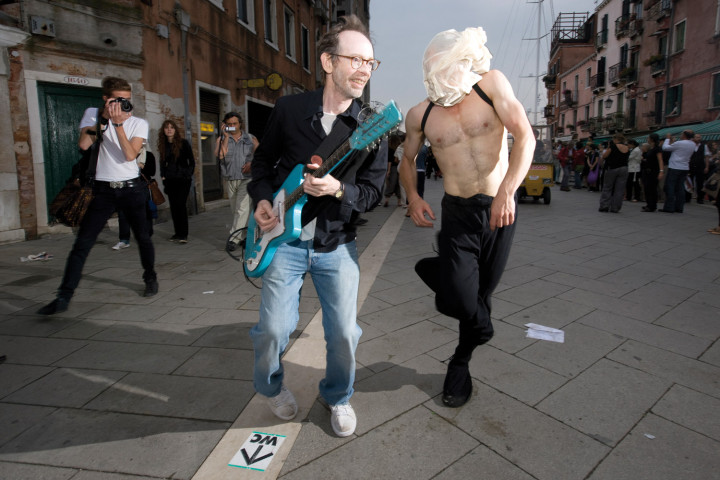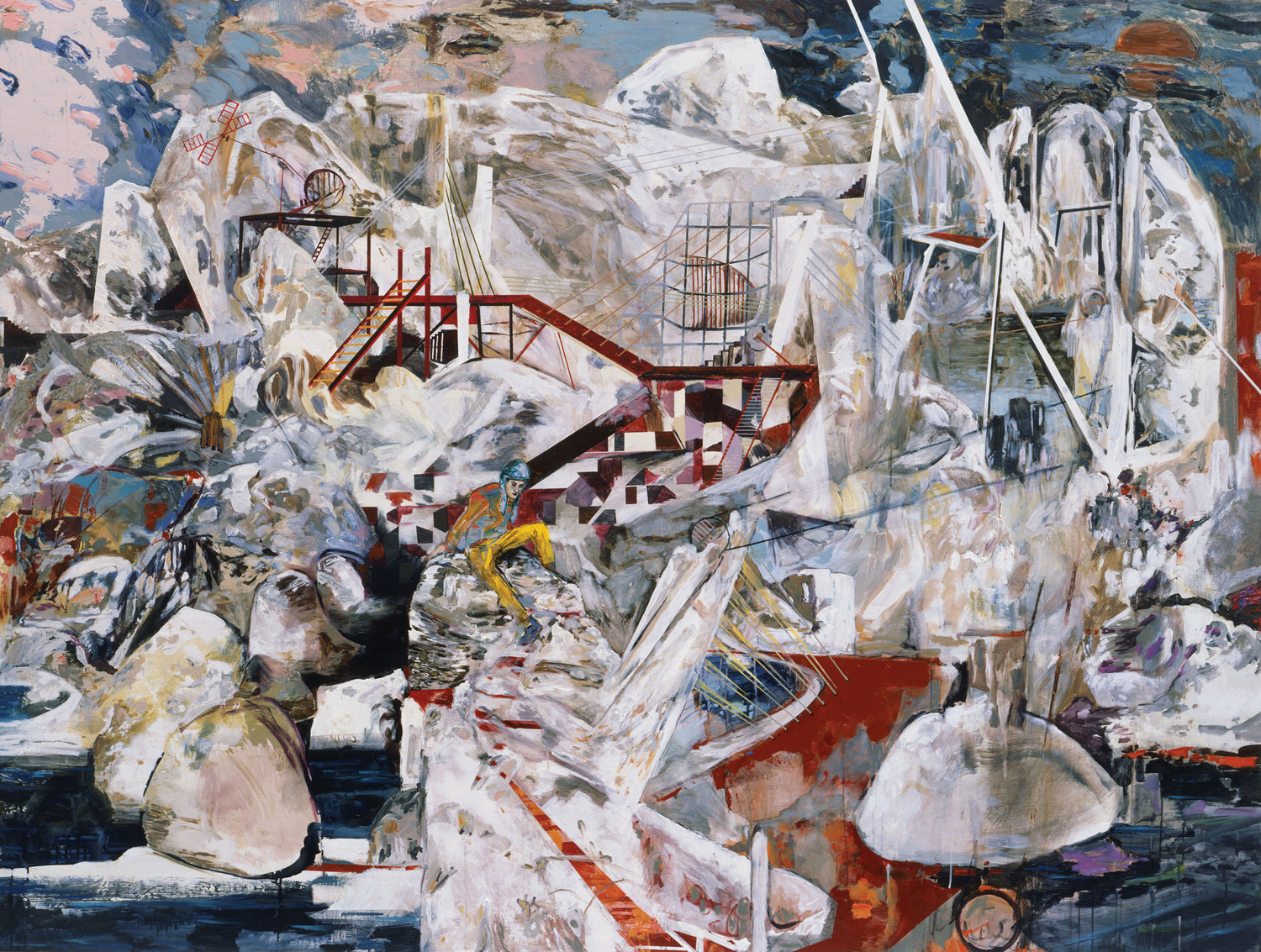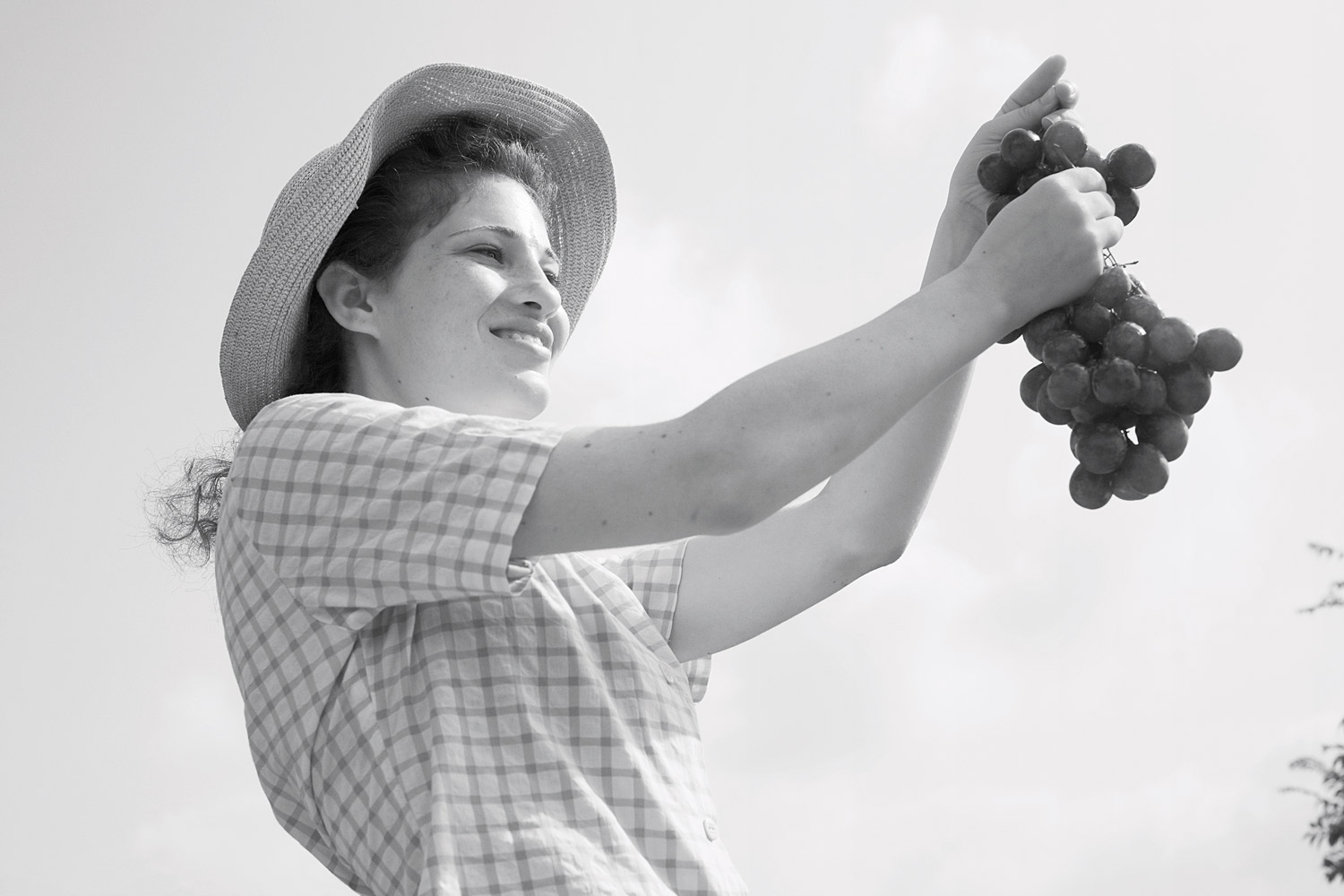
I condemned myself to a life of collaboration when I bought a guitar and formed a band but decided to forgo learning how to play. With no musical structures to aid my memory I couldn’t even remember my banging patterns from one rehearsal to the next.This had the desired effect of increasing my concentration and reflexes along with some consequences I had not foreseen. When due to this courageous decision I was recognized, feted and able to hire professional musicians to back me up, these musicians humiliated me whenever possible about my musical ignorance. I have however withstood the pressure and still can’t play guitar.
My ideas about collaboration, such as they are, began with observations about rock bands and the way they truly do achieve what no single composer or performer can. These found immediate confirmation when I heard about William Burroughs’ and Brion Gysin’s The Third Mind, the existence of which was exciting to me long before I read it.
Later I followed an interest in group artistic endeavors like Squat Theatre and group living arrangements like that of Sun Ra and his Arkestra. When I began to look for more systematic information about communes I found I was not alone. From Scott and Beth B’s film about Jim Jones to Chris Wool’s collection of Otto Muehl posters to Gelitin to Reena Spaulings to the relational crew, this concern seemed to be everywhere.
As a band member and as a record producer, collaboration, for me, like it is for most musicians, is a way of life. Perhaps more than most, or at least earlier than many, I was drawn to collaborate with artists from other disciplines.
Maybe I have taken undue advantage of the jealousy artists feel of musicians but, truth be told, I was always jealous of artists, of the way they could invent their own art form. As idea or gesture seemingly overwhelmed the need for craftsmanship, the choice of material or immaterial vessel for meaning became even more deliciously arbitrary and open to levels of interpretation musicians could only dream about. It was this scrutiny that drew me to return so often to the fine arts.
When a musician collaborates with some other kind of artist, he or she is often at a disadvantage, with the relationship between image and sound established by film setting up a hierarchical order that is hard to dislodge. The music usually seems like a soundtrack, providing the emotions to the visual contributor’s rational if idealistic behavior. While music is more difficult to ignore, it is somehow easier to forget. This is true despite the fact that the musician often gets more attention.
Most collaborations don’t go nearly far enough towards making work that couldn’t be made by either collaborator alone. But perhaps a merger isn’t necessary. There are many other dualities to be overcome in making something, and perhaps balancing or obliterating intentionalities is the least of them. Maybe the mere urge to collaborate is it’s own reward, our own reward.
Translation is one of my favorite models for collaboration. There is a pleasurable dominant/submissive dynamic to translation that, as a part-time translator, I enjoy. The absent author is unable to withstand my whims while I, of course, can hide behind him as if he were a tree. Rather than avoiding attempts to attribute passages in a work to one or another partner in a joint project, I find it illuminating to track down each person’s contribution and weave that which I have just unraveled into a narrative. This can be like telling jokes in a foreign language, impossible but very funny.
Of course, we all know what a collaborator is. Though what exactly is being betrayed is often not clear, we seem to be giving up something when we co-sign a piece.
In the late ’70s Sumner Crane, an artist and one of the founders of the band Mars, initiated a joint pseudonym with Rudolph Grey and myself. We exhibited under the name Jack Texas. Each one of us contributed our own work and signed it Jack Texas. There was one piece, white oil paint on a stick, that we all added some magic marker to. At least one reputable dealer thought we weren’t serious.
One anecdote: The MTV Breaks were one minute videos made by artists to promote the channel. Jean-Michel Basquiat decided to make his: an advertisement for two of his friends who he thought were not getting enough attention — Stephen Sprouse and myself. Basquiat asked me to rush into frame playing guitar and kick over a stack of wooden boxes he had painted white then drawn images on in black. When I did so he rushed into the shot protesting “You kicked my boxes, be careful!” Later we collaborated on the music. I remember, when we were mixing, how he tried to talk the sound engineer into overloading the soundboard so that it would distort, and that the engineer wouldn’t do it.
There were of course some collaborations that got away. In particular I regret never having worked with either Hélio Oiticica or Kate Valk. I have never tried collaborating with someone I did not like.





